Is stronger thrust always better in an underwater scooter? The simple answer is no. While it’s tempting to focus on the raw power of a high-performance model like the Sublue Vapor, which uses its 46 lbf of force to reach a thrilling 6.21 mph, that power isn't the right choice for every diver. How does that machine compare to a compact, 9.9-pound model like the Sublue Navbow, designed for ultimate portability? This choice highlights the central trade-off every diver faces: prioritizing raw speed and power versus lightweight handling and efficiency.

Underwater Scooter Thrust: The Force That Moves You
To choose the right scooter, you first need to know what thrust is, how it's made, and how it's different from speed.
What is Thrust?
For a DPV (Diver Propulsion Vehicle), thrust is the propulsive force the scooter creates to push or pull you through the water. It is the machine's raw, measurable power, which works to overcome the water's natural resistance (drag). This force is measured in pounds-force (lbf) or kilograms-force (kgf). For example, a 46 lbf rating signifies a much stronger pushing force than a 33 lbf rating.
How Scooters Create Thrust
This forward force is generated by a simple system:
- A battery sends power to a sealed motor.
- The motor spins a propulsion unit. This is typically either a propeller (like the dual props on the Sublue Navbow) or an impeller (a bladed rotor housed inside a casing, which is part of the Sublue Vapor's pump jet).
- This spinning unit rapidly draws in water and then forces it out, often through a focused nozzle. This high-velocity jet of water is what pushes the scooter forward.
The Key Difference: Thrust vs. Speed
People often confuse thrust and speed, but they are not the same. Let's say, thrust is the cause; speed is the effect.
Thrust is the raw power the motor produces. Speed is the final result of that power winning against the water's resistance (drag). This is why a diver's gear and profile matter so much. A person wearing bulky technical gear creates far more drag and will move slower than a streamlined snorkeler in a swimsuit, even when using the exact same scooter.

Why Choose a High-Thrust Underwater Scooter?
So, what are the benefits of all that power? A high-thrust scooter provides significant advantages in speed, safety, and sheer towing capability.
Go Faster and Cover More Ground
Powerful underwater scooter simply moves you through the water faster. This lets you travel to a distant reef or wreck quickly, saving your valuable bottom time for exploring, not just for the commute.
This extra power also makes for a more exciting ride. For example, the Sublue Vapor’s 46 lbf of thrust gets it to 6.21 mph, which is a noticeably faster and more thrilling experience than the Sublue Navbow’s 4.47 mph.
Power Through Strong Currents
In areas with strong tides or currents, power is a key safety feature. A weaker scooter might struggle to move against the water, but a high-thrust model can push through, which saves you from fatigue. It gives you the confidence and ability to get back to your exit point safely, even if water conditions change.
Tow Heavy Gear or Other Divers
More thrust means you can pull more weight. This is critical for two main reasons:
- Technical Divers: If you're wearing heavy gear like twin tanks and stage bottles, you create a lot of drag. A powerful scooter can easily pull you and all your equipment without slowing down.
- Towing People: High-power models like the Sublue Vapor are noted for their ability to propel multiple people. This is perfect for an instructor guiding a student or for helping a tired dive buddy.
Get Up to Speed Faster
When you pull the trigger, the water scooter takes off immediately. This instant response makes the DPV feel quick and powerful from a complete stop.
Why Choose a Moderate-Thrust Underwater Scooter?
A high-thrust machine isn't the right choice for everyone. For many divers, the benefits of a lighter, more portable scooter are far more important than top speed.
Easy to Carry, Pack, and Handle
A moderate-thrust scooter is dramatically lighter and smaller, making it easier to live with.
- Weight: The Sublue Navbow weighs just 9.92 lbs, which is almost half the 18.96 lbs of the high-performance Vapor.
- Handling: The Navbow's compact body is easier to carry to the shore, much more convenient for air travel, and far simpler to maneuver in tight spaces like caves or a shipwreck.
Better Battery Life at Casual Speeds
A less powerful motor draws less energy, which often gives you more dive time at a casual pace. For instance, the Navbow runs for up to 45 minutes in its "Free Mode" (1m/s), an efficient speed for relaxed exploring. While the Vapor also has a 45-minute low gear, that gear is much faster (3.73 mph, or ~1.67 m/s) and uses more power. At top speed, the difference is even clearer: high-thrust models drain their batteries very quickly (the Vapor in 18 minutes), while the Navbow is designed for longer, sustainable use at its lower speeds.
Better Control for Finesse
A water scooter with overpowering thrust can be difficult for a new diver to manage. Moderate-thrust models are much easier to handle, offering a smoother ride. This extra control is essential for delicate tasks, as underwater photographers need to move slowly and steadily to get a good shot. Features like the Sublue Navbow's one-hand operation kit are specifically designed for this kind of precise, low-speed maneuvering.
Quieter Operation
High-power motors tend to be louder, and that noise can be disruptive. A quieter, moderate-thrust scooter is less likely to scare away marine life, allowing you to get closer for observation or photography.
The Thrust Trade-off: What You Gain vs. What You Give Up
Choosing a scooter is all about trade-offs. Here is a simple breakdown of what you get with high thrust versus what you get with a lighter, more moderate model.
More Power Drains the Battery Faster
- High Thrust: A powerful motor needs a big, heavy battery. This setup gives you high top speeds, but it drains the battery very quickly when you use that power.
- Moderate Thrust: A smaller, more efficient motor works well with a lighter battery. This gives you a much longer runtime when you are cruising at a slow, casual speed.
More Power Means More Weight
- High Thrust: These are heavy and bulky machines. They are serious pieces of equipment that are much harder to travel with and carry to the dive site.
- Moderate Thrust: These scooters are lightweight (often under 10 lbs) and compact. They are built for easy transport, air travel, and casual, grab-and-go use.
More Power Costs More Money
- High Thrust: These are almost always the most expensive models. The larger motors, stronger materials, and bigger batteries significantly increase the price.
- Moderate Thrust: These models are far more budget-friendly, making them a more accessible choice for recreational divers and snorkelers.
Tech Extras vs. Handling Features
- High-end models: These often come with advanced bonus features, like large LCD screens that show your depth and water temperature, plus smart app connectivity.
- Compact models: These focus on the core experience. They provide a simple display for speed and battery, and prioritize handling features, such as one-hand operation kits, to make the scooter easier to use.
These key differences highlight that there is no single "best" underwater scooter. The right choice depends entirely on your personal diving style, budget, and how you plan to use the machine.

High Thrust or Moderate Thrust: Which Diver Are You?
We’ve covered the technical trade-offs, so let's put it all together in a simple guide. Your choice comes down to your primary diving style.
Here is a side-by-side comparison to help you find the right match.
| Choose a HIGH-Thrust Scooter if you are... | Choose a MODERATE-Thrust Scooter if you are... |
| A Technical Diver who needs to pull heavy gear (twin tanks, stage bottles) against high drag. | A Recreational Diver or Snorkeler who prioritizes light weight and easy handling for casual reef exploration. |
| A "Current" Diver who often faces strong tides and needs the extra power for safety and to avoid fatigue. | A Traveler who flies to dive spots and needs a compact, lightweight scooter that is easy to pack. |
| A Speed Enthusiast whose main goal is to cover long distances as fast as possible for a thrilling ride. | An Underwater Photographer who needs slow-speed stability, finer control, and quieter operation to get close to marine life. |
| An Instructor or Divemaster who needs the ability to tow tired students, buddies, or extra gear. | A Beginner or Younger User who needs a safer, less intimidating, and easier-to-manage scooter to learn with. |
Prioritize Your Diving Needs!
Clearly, "bigger" thrust isn't universally better. A high-power scooter is the right tool for a technical diver in strong currents, but that same machine is impractical for a traveling snorkeler who needs portability. Thrust is just one factor in a larger equation. The "best" scooter is simply the one that aligns perfectly with your specific diving habits, your budget, and how you plan to travel.
FAQs about Underwater Scooter Thrust
Q1: How much thrust do I really need for snorkeling?
For casual snorkeling or diving in calm water, a moderate-thrust scooter (around 30-33 lbf) is ideal. High thrust (40+ lbf) is really only necessary for fighting strong currents, technical diving, or towing heavy gear. Most people will find the light weight and easy handling of a moderate-thrust model more useful.
Q2: Does "high thrust" just mean the battery drains faster?
At top speed, yes, a high-thrust motor drains the battery very quickly. However, at a slow cruising speed, its large battery may last a long time. The main difference is that a moderate-thrust scooter is often more efficient at those low speeds, giving you a long, relaxed runtime from a smaller, lighter battery.
Q3: Can I fly with a high-thrust underwater scooter?
This is not about thrust, but about battery size in Watt-hours (Wh). Most airlines have a strict limit, often 160 Wh. High-performance scooters often use batteries far larger than this and cannot be flown. Many moderate-thrust, compact scooters are specifically designed with travel-compliant batteries, but you must always check your airline's policy.

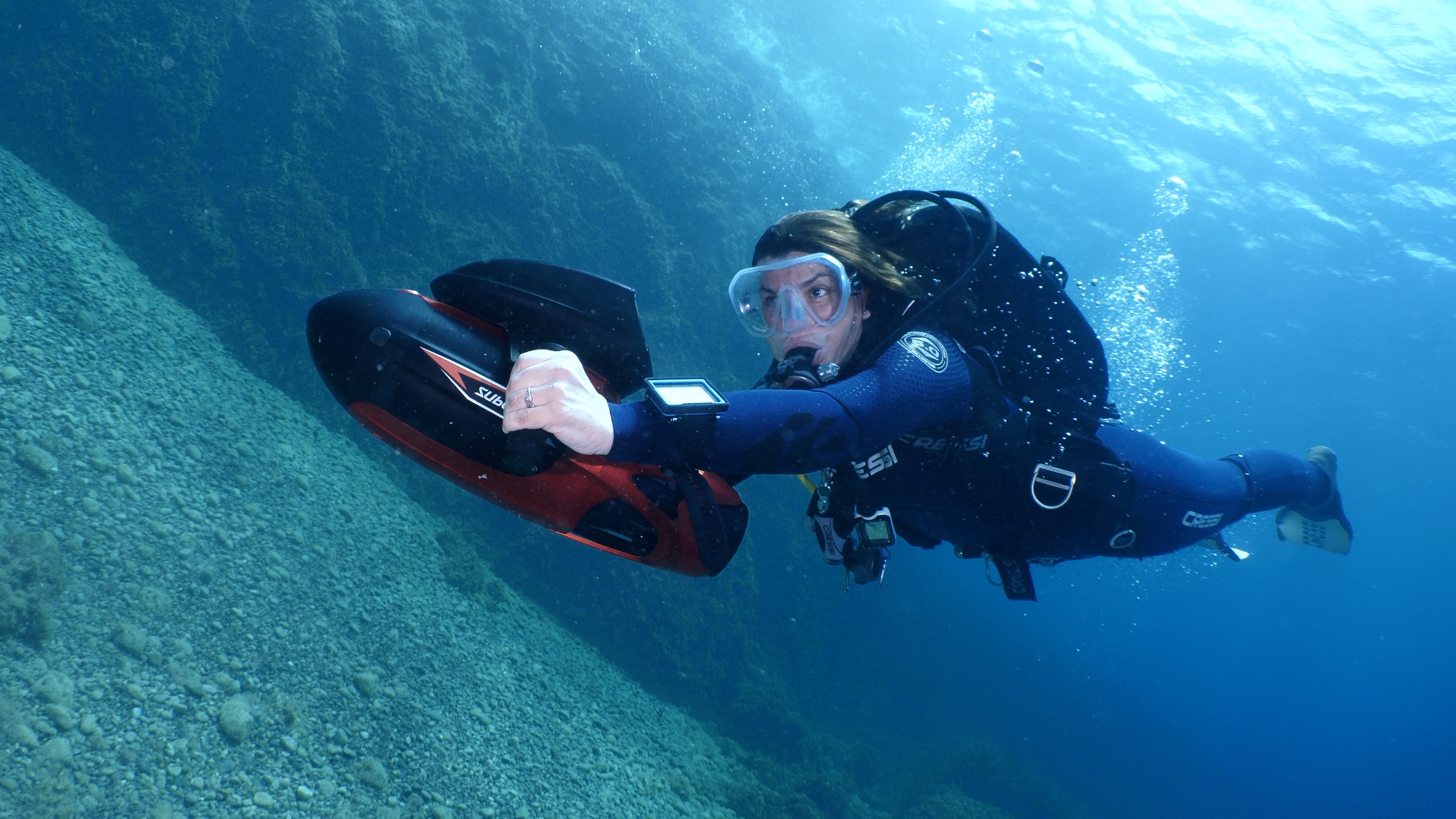


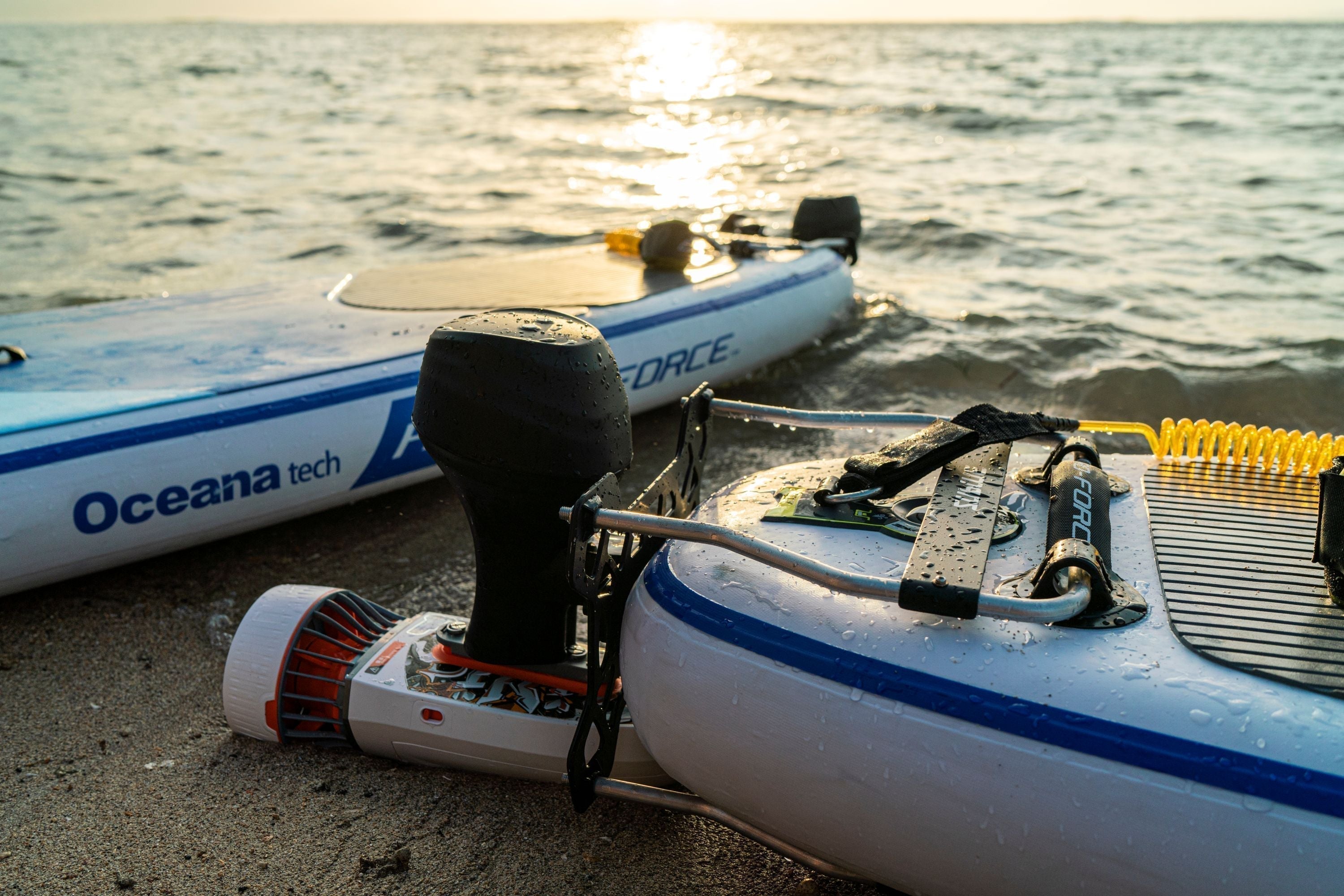
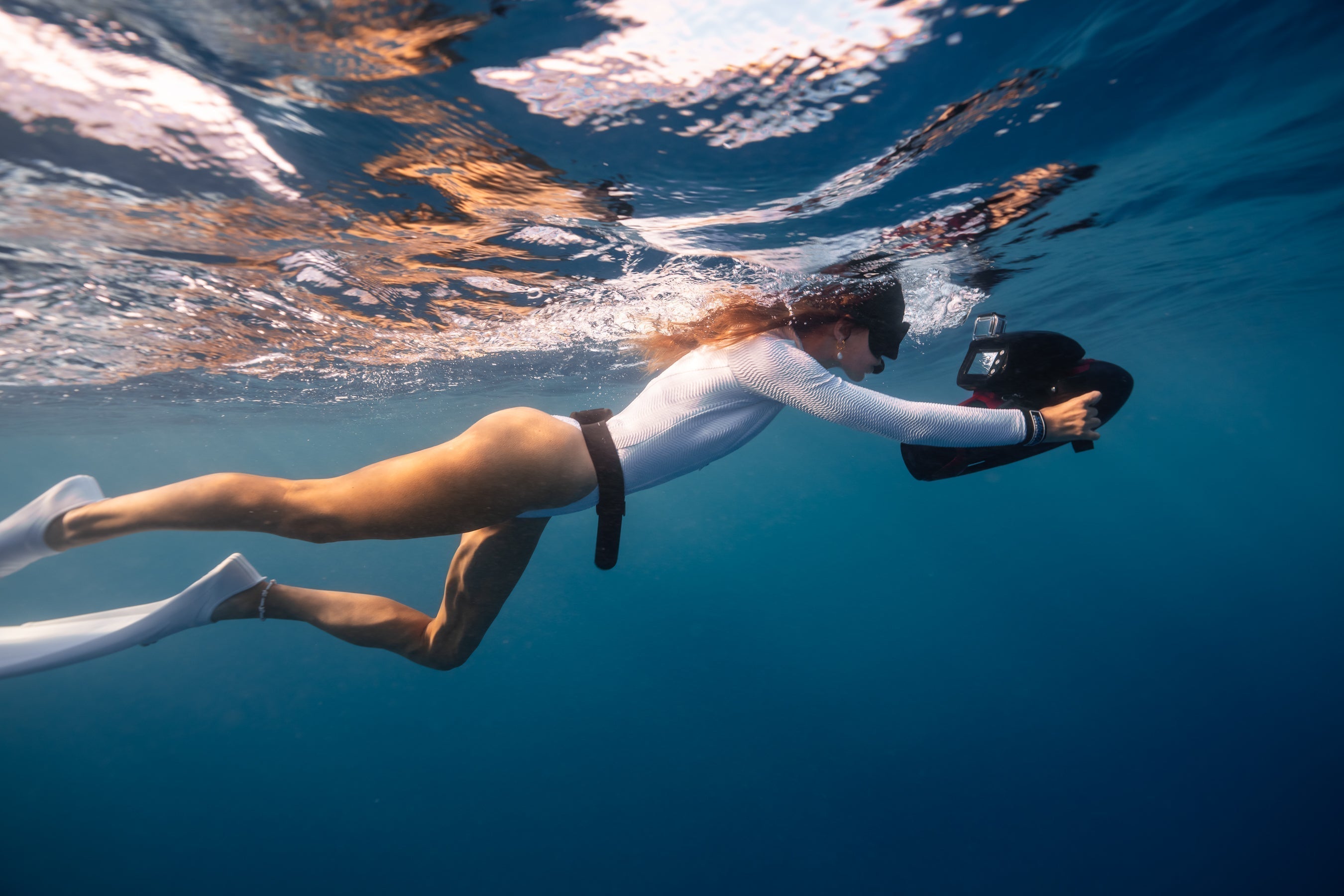


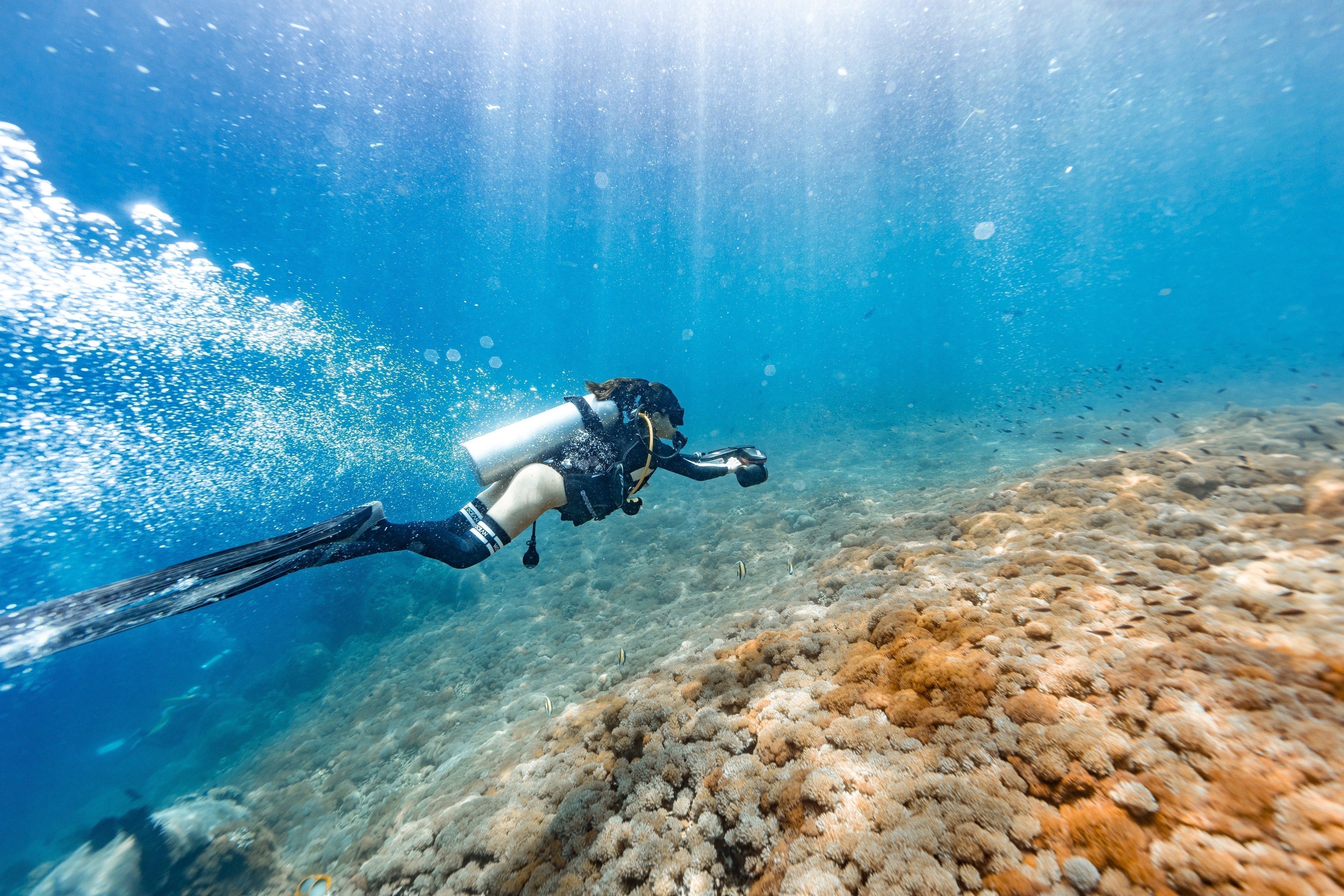
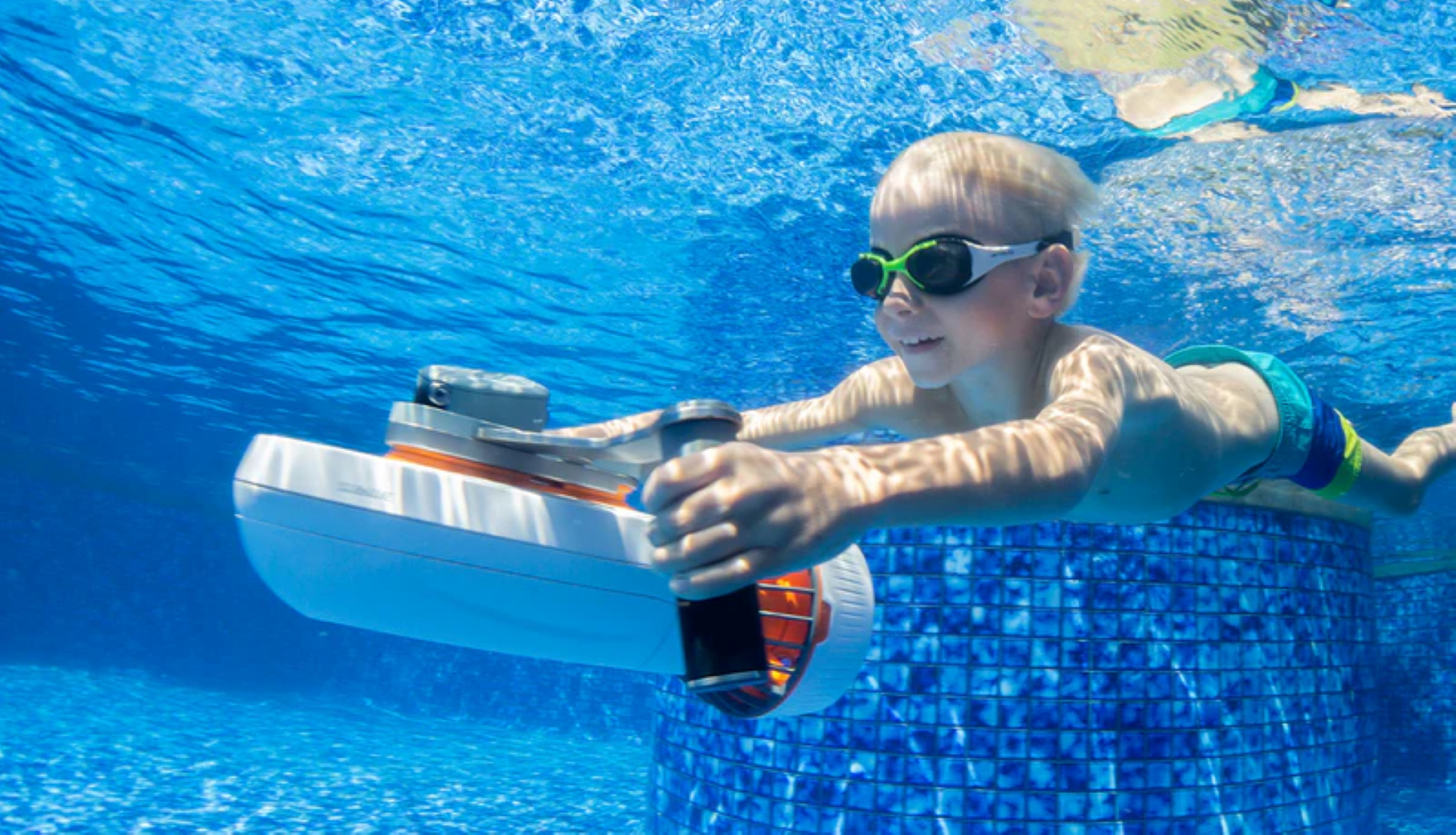
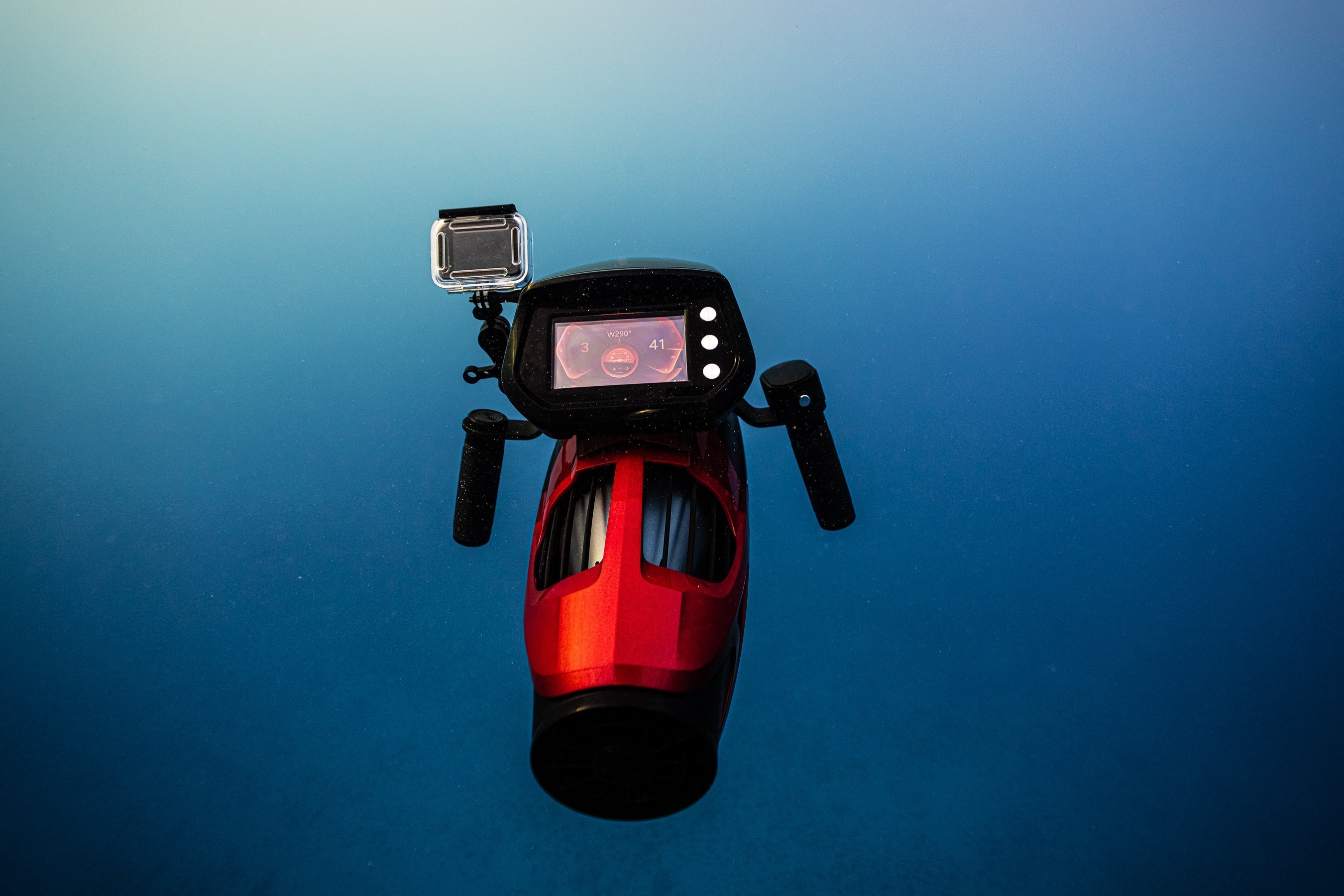
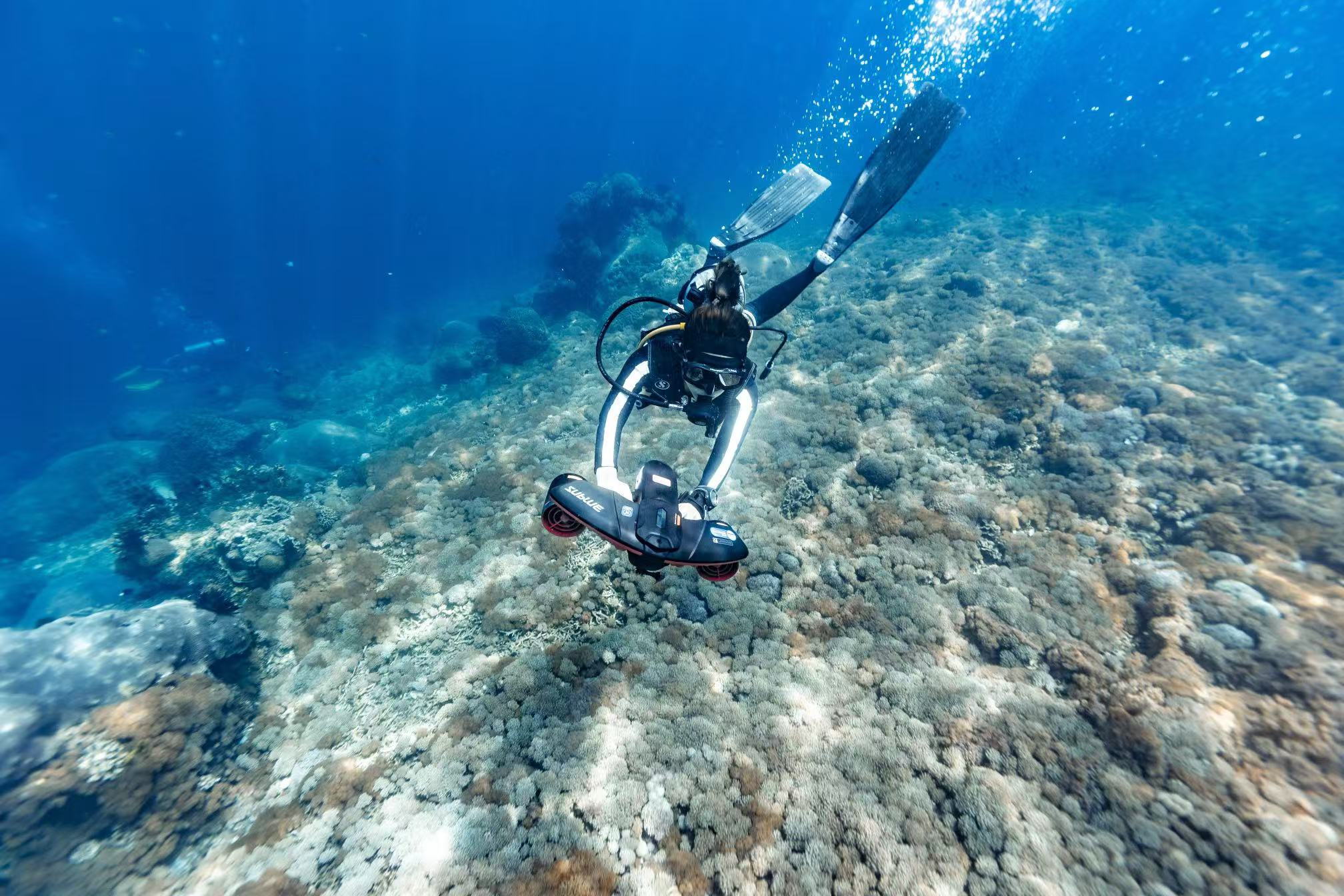
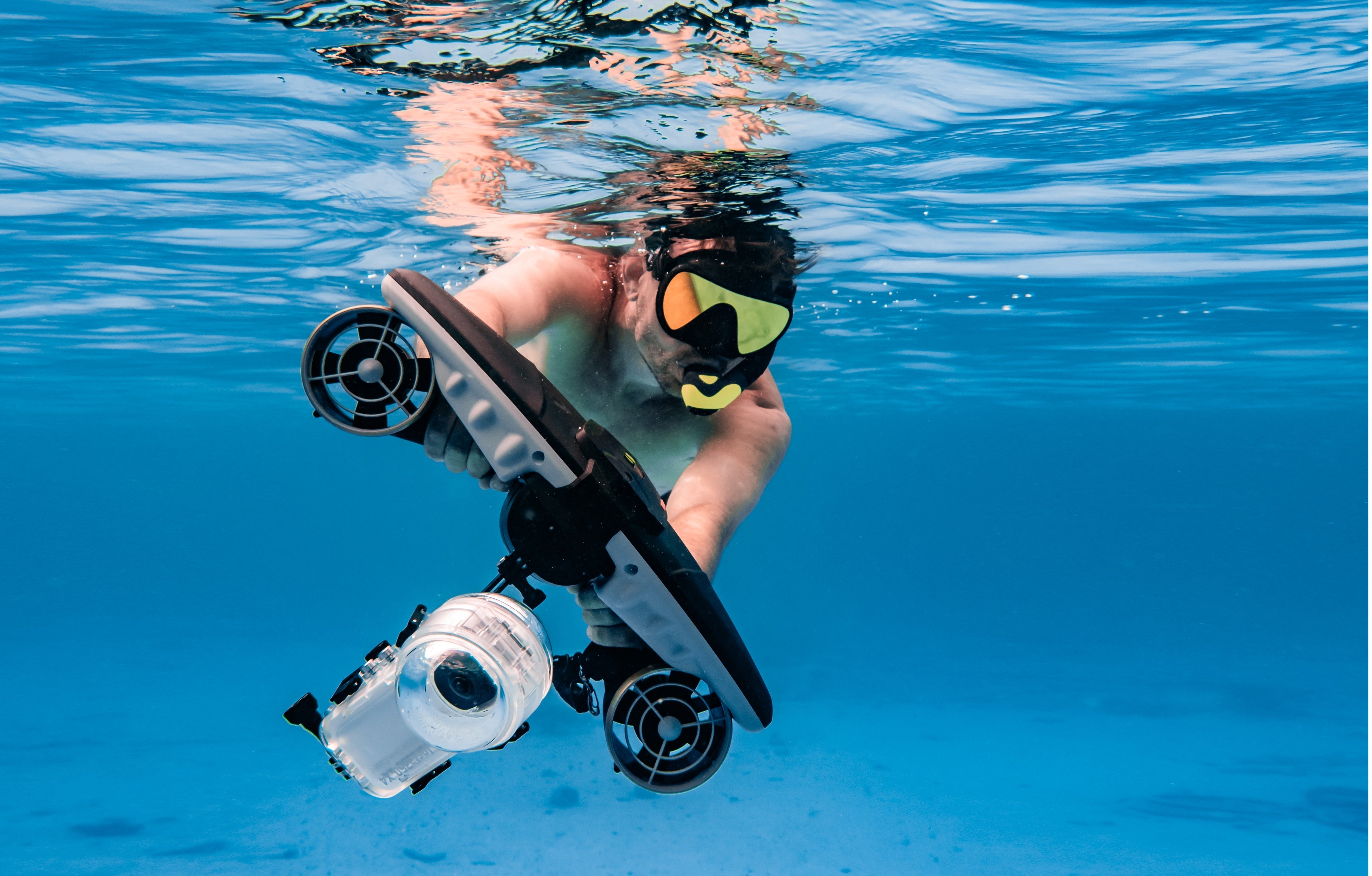


Share:
Are Underwater Scooters Worth to Try?
How Do You Waterproof an Underwater Scooter Battery?